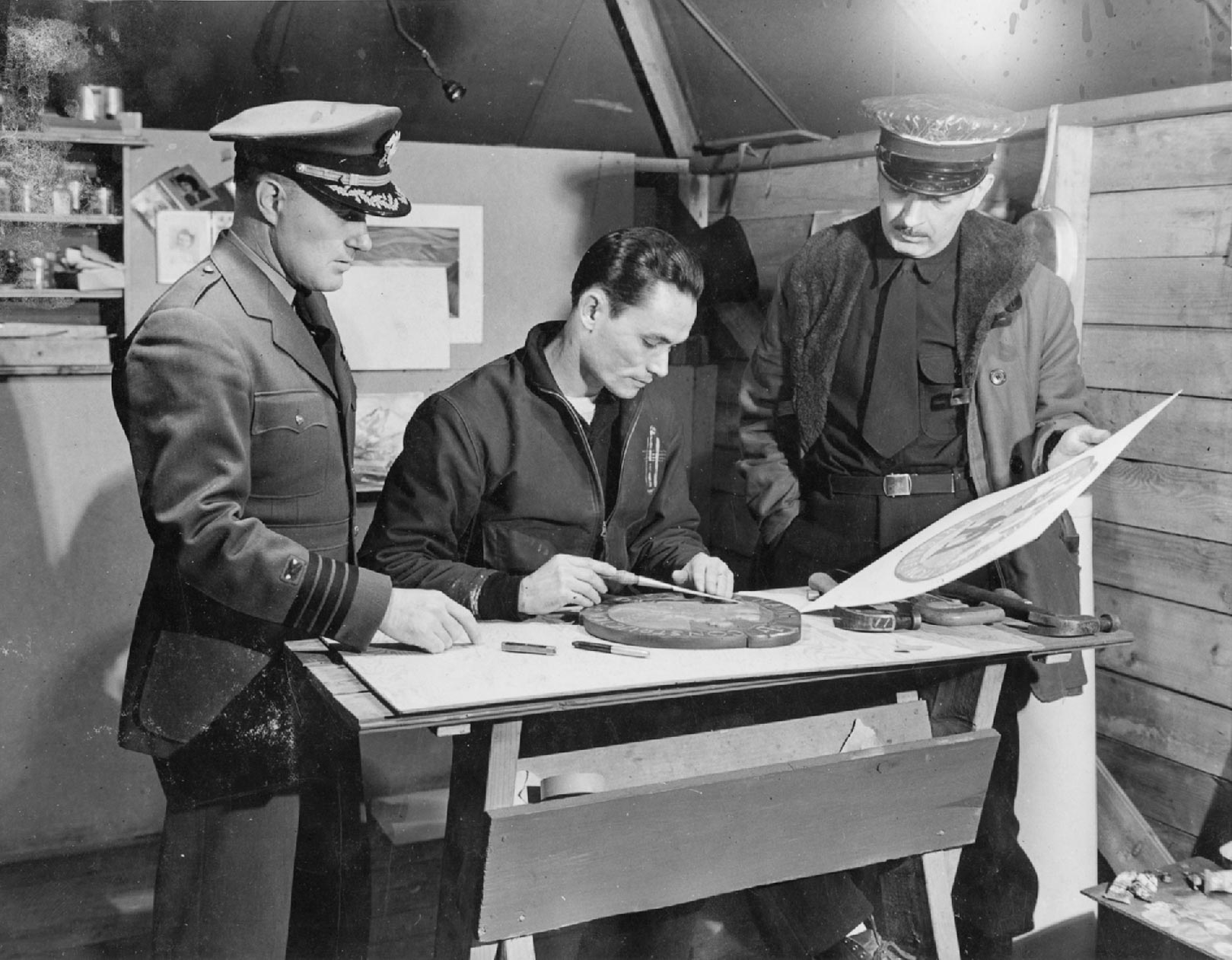Be part of the conversation: azarchitecture/Jarson & Jarson Architecture blog covers architecture and civic topics that comment on what’s happening in the Valley’s diverse design community. Here’s what’s happening now:

Lloyd Kiva New: He Built It, They Came – Part 2
In writer David Brown’s three-part series, he examines the life and legacy of artist Lloyd Kiva New, a Cherokee Naval veteran, whose initial goal to bring new attention to American Indian Art through his Arizona Crafts Center and Craftsman Court shops inadvertently lead to Scottsdale’s reputation as a place for fine art, galleries and specialty shops! In the second part of this series, he focuses on that initial legacy of this maker whose shops inspired many locals — including our very own Scott Jarson!
“My mother, Eileen Jarson, was, if nothing else, a maven of interesting design. I vividly remember while I was a child her visiting these shops [at the Kiva Craft Center] while I played in the courtyard, a relaxed setting dappled with shade from the eucalyptus trees, overhangs and plants,” recalls Scott Jarson, a Valley native who works in Scottsdale and lives in Paradise Valley.
Craftsman Court was a “Who’s Who of Craft and Design,” he remembers. Lord Latigo, for example, was one of the first “hippie”-inspired leather shops, where Jarson worked as a teenager a day each week as an apprentice. “It was one of the first places in town you could find a Soleri wind bell for sale,” he says of the now renowned bells designed and forged by architect Paolo Soleri (1919–2013), associates and students at Cosanti, his workplace and home, in nearby Paradise Valley.
Jarson’s sister, Gail, opened the second of her El Chango Loco stores here, offering a compilation of local arts and crafts including her signature batiks.
Later, one of the building’s owners offered Jarson a summer job. “I liked to think of myself as ‘landscape engineer,’ but basically I swept and hosed the place once a week on a Saturday morning,” he says with a smile.
When Sam Campana moved to Scottsdale in 1969 from Idaho, she recalls that “Craftsman Court was a hidden jewel of its own. I distinctly remember the perfumerie tucked in the southeast corner with a scented fountain in front. The owner would invite you in, get to know you through an informal interview and then craft a scent just for you!” Campana was a city councilwoman from the mid-1980s to the 1990s and the city’s first female mayor, 1996–2000.
Campana’s favorite shop was Glass Arts Studio. “I did all my gift-shopping for weddings, baby showers, birthdays in the aisles of beautifully displayed candles, mirrors and bowls. I probably purchased over 50. I loved the interior and how the stained glass played with the desert light streaming in,” she adds. She first met Lloyd Kiva in the 1970s when Loloma had a Phoenix show and later in Santa Fe at the IAIA, which Lloyd New helped found in 1961 to forward Native American art and educate its future exponents.
“The Kiva Craft Center has been a focal point for creative innovation since the mid-1950s. Lloyd Kiva, along with other artists and crafts people, put Scottsdale on the map as an arts and crafts and fashion center in the late 1940s,” says Scottsdale resident Joan Fudala, who has written numerous books and articles about the city for three-plus decades.
Because of his promotional acumen and the quality of his products, local and national attention followed, including articles in Holiday, Town and Country and Life (“Sands of the Desert Turn Gold”). Wintering north of town, Mr. and Mrs. Fowler McCormick (the farm equipment manufacturer), were early patrons and gave him a no-interest “angel” loan of $7,500 for the Arizona Crafts Center on 5th Avenue. The name of the city’s first master-planned community, McCormick Ranch, honors the family.
In the late 1940s, Eleanor Roosevelt (1884–1962), wife of the former president and world figure, visited the Kiva workshop twice, extolling it both times in her national column, “My Day.”: “There is a fascinating Indian shop where Lloyd Kiva has developed his handmade leather articles, decorated with silver and brass,” she wrote in March 1947. “I think they will last longer than any machine made article I have seen, beside being attractive in color and design” (Sound of Drums, page 160). Frank Lloyd Wright (1867–1959), who wintered nearby at Taliesin West, was also a visitor and supporter.
Lloyd Kiva joined with other craftspeople for Saturday fashion shows during the winter on a 5th Avenue runway; he emceed, local celebrities modeled. Their spring/end-of-season sale event, Thieves Market, was an annual tradition during the 1950s and 1960s. One model was then-Miss Arizona and Hollywood star, Valerie Perrine, Fudala explains.
Moreover, with other artisans of the late 1940s/1950s, he was a community builder. In 1947, they helped create the Scottsdale Chamber of Commerce, with Wes Segner the chamber’s first president. They also supported Scottsdale’s 1951 incorporation.
Lloyd Kiva New was a Scottsdale maker.
Brown is a Valley-based freelancer (azwriter.com). This is the second in an ongoing series celebrating “Our Visual Wealth.” His article on the Kiva Craft Center will released over three segments, the first of which can be read here.
He thanks the many city of Scottsdale employees who assisted, the Institute of American Indian Art in Santa Fe and other resources. The updated Scottsdale downtown plan is here.



